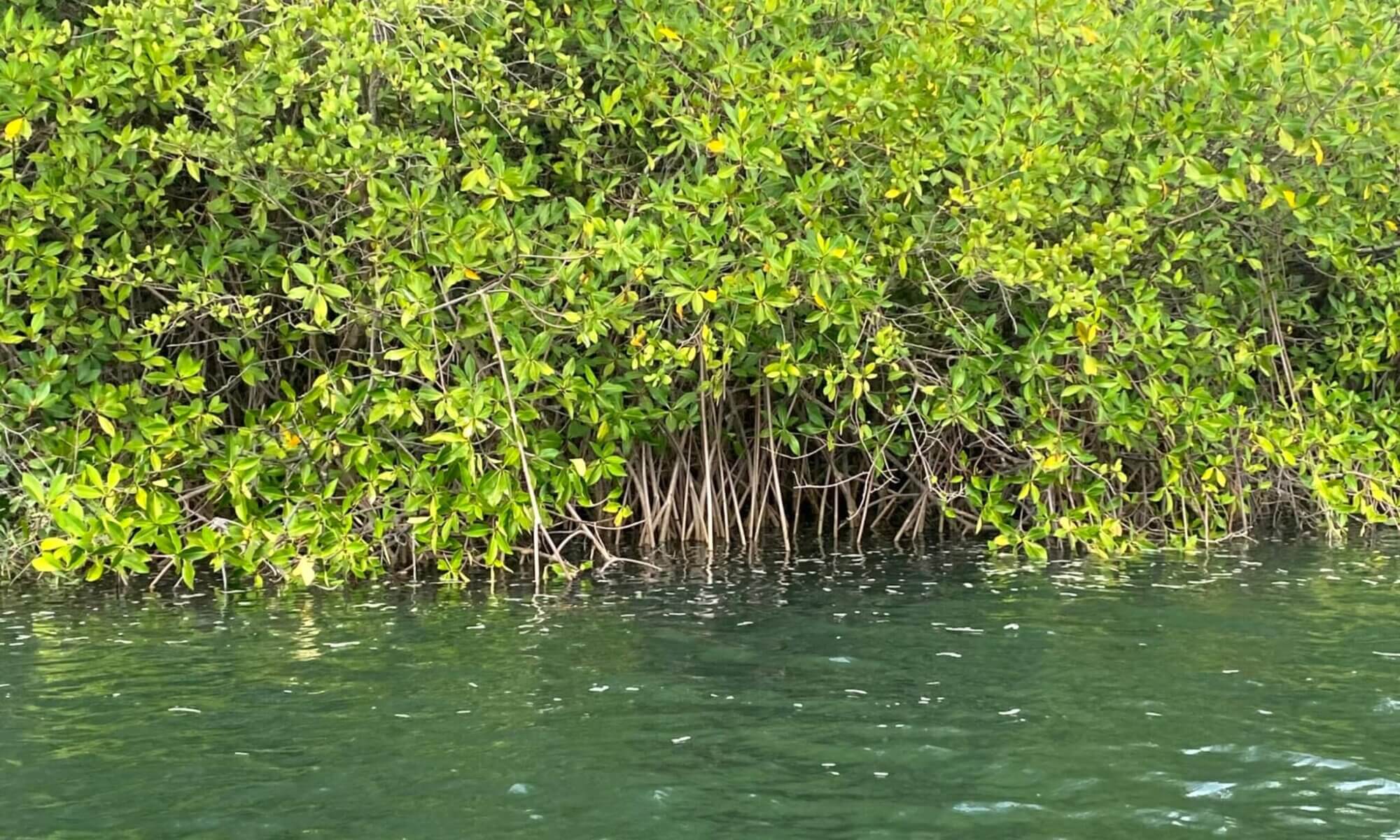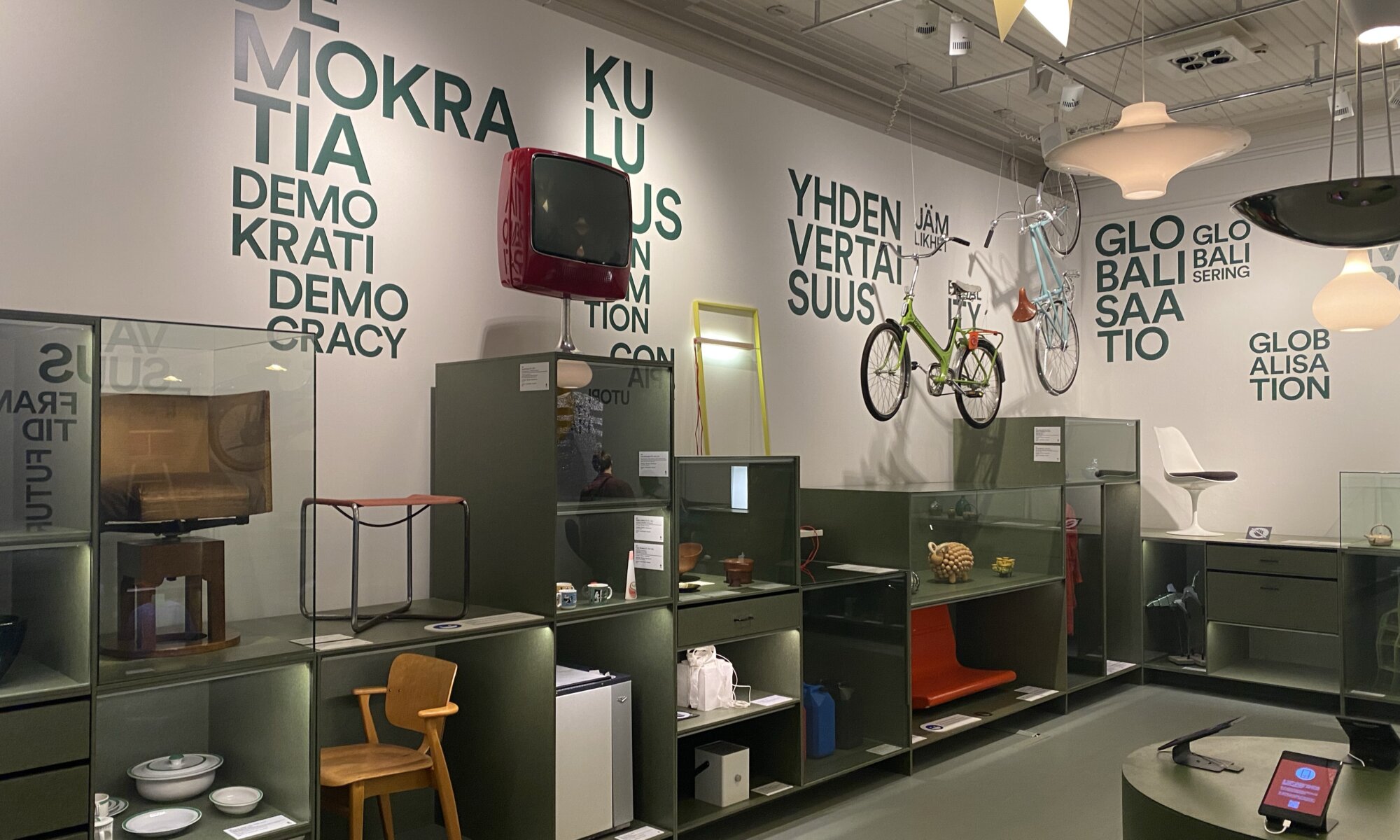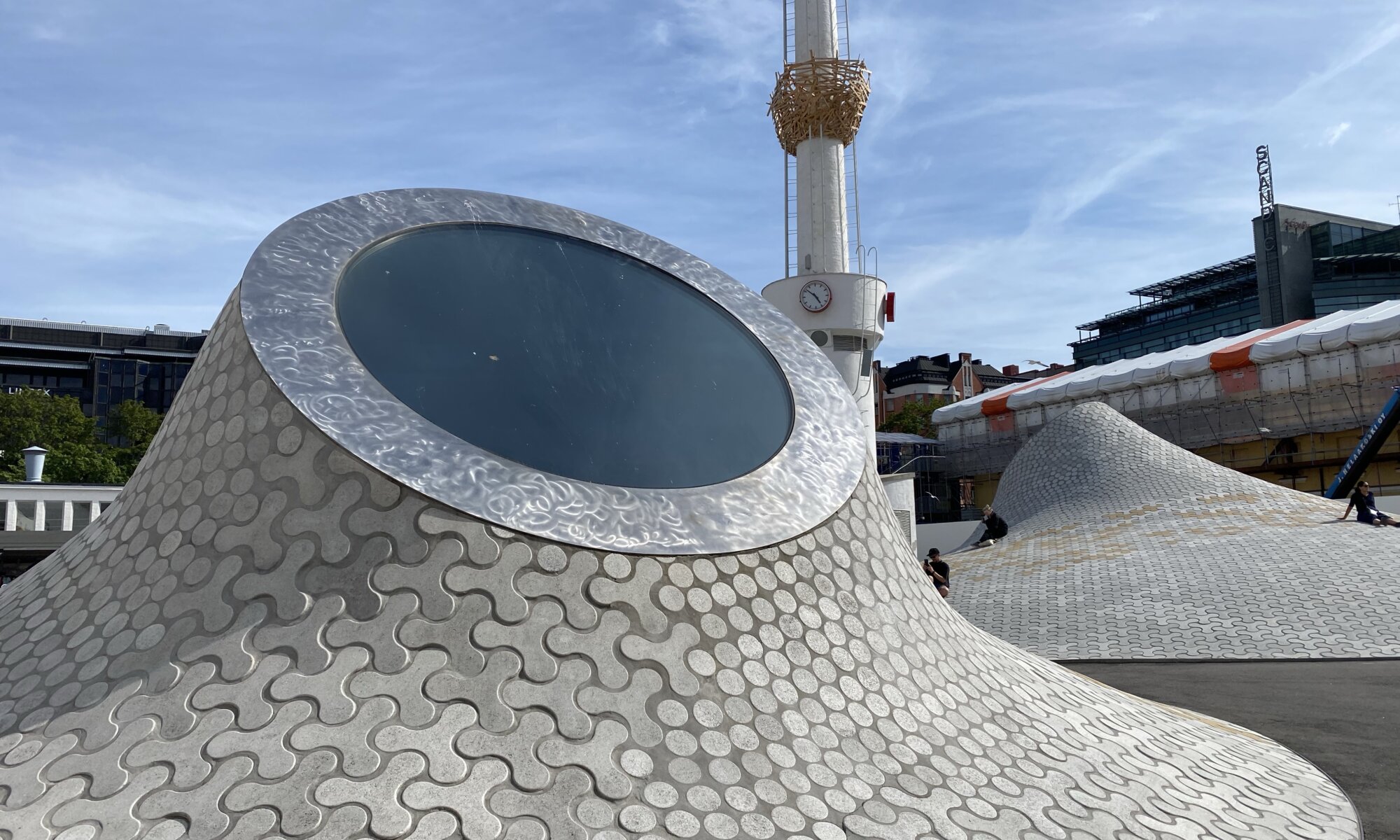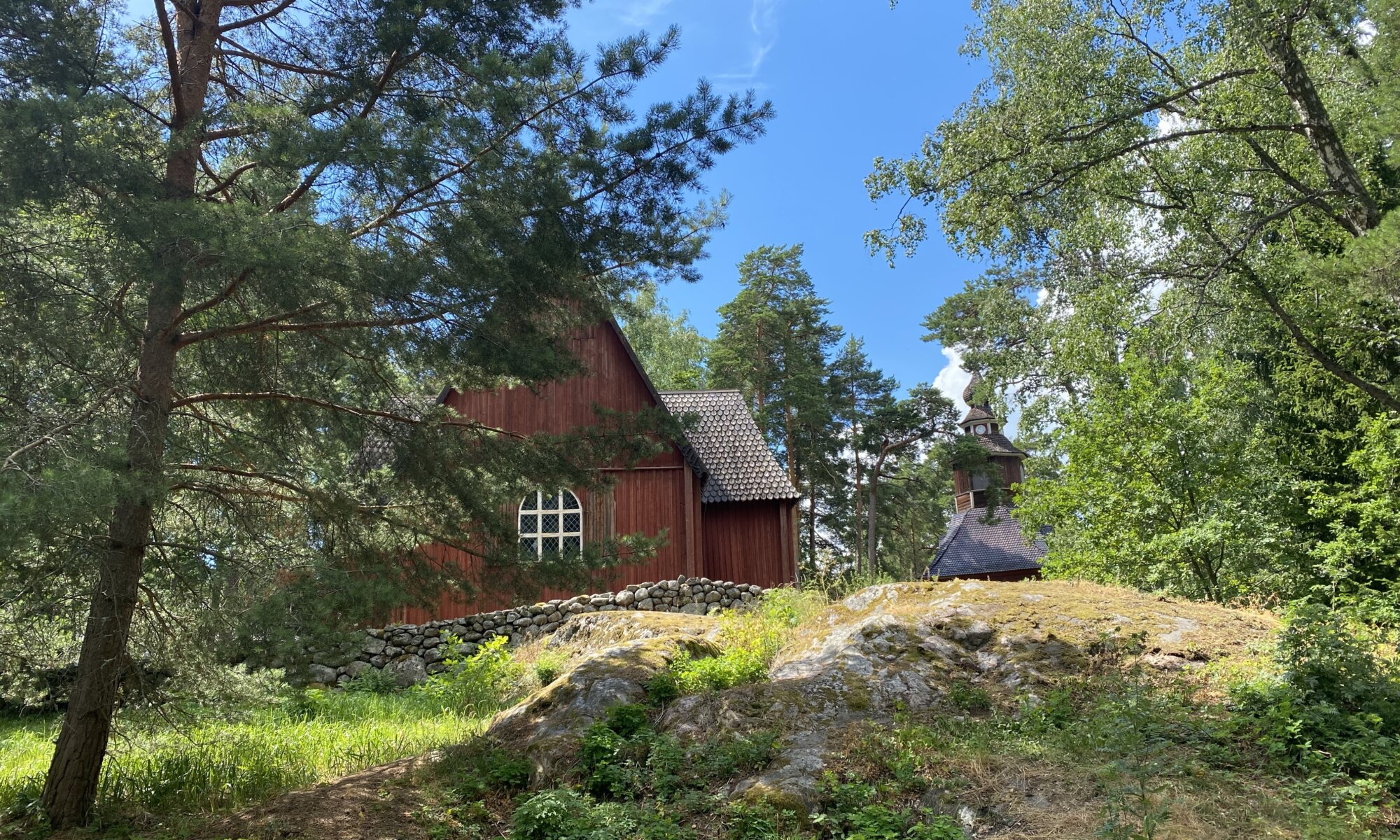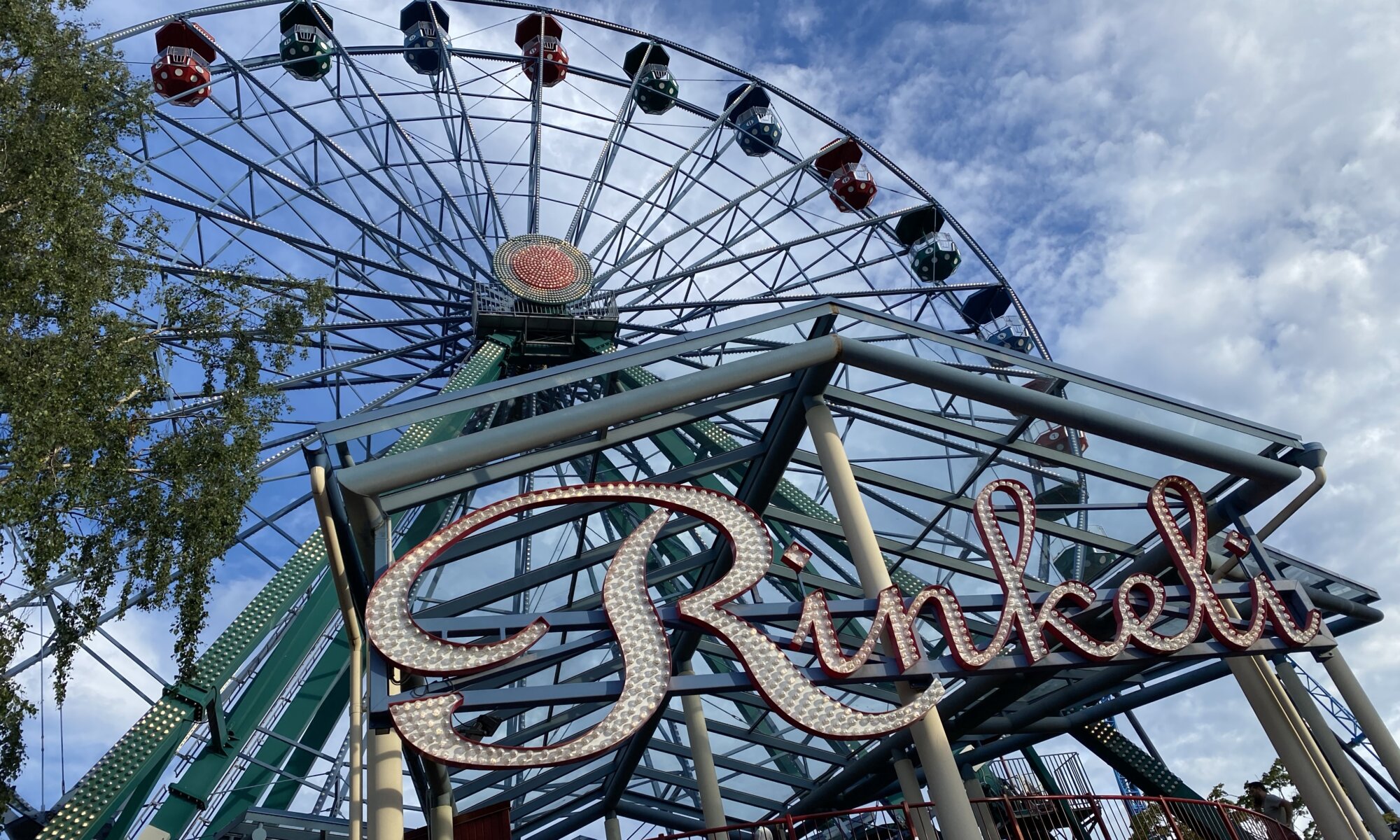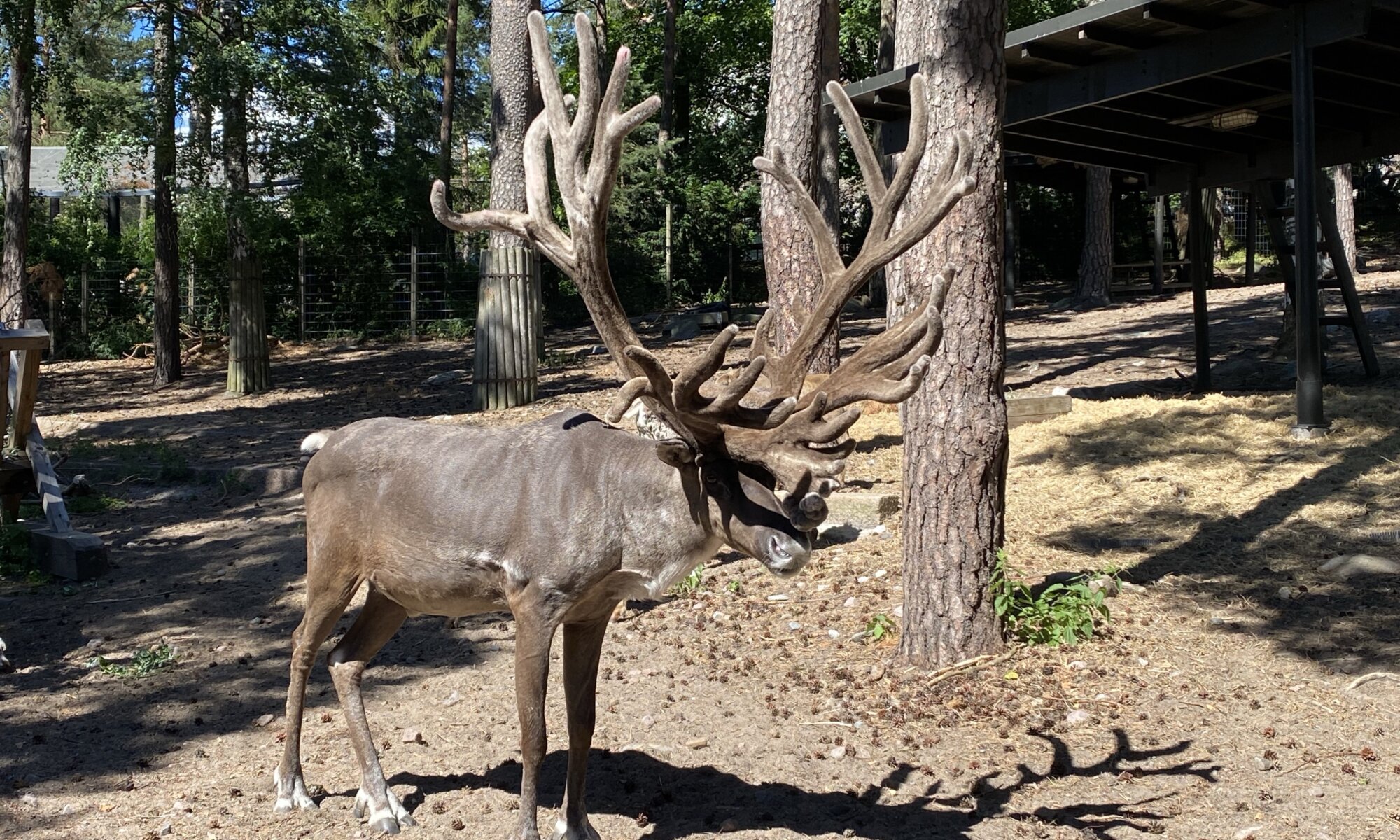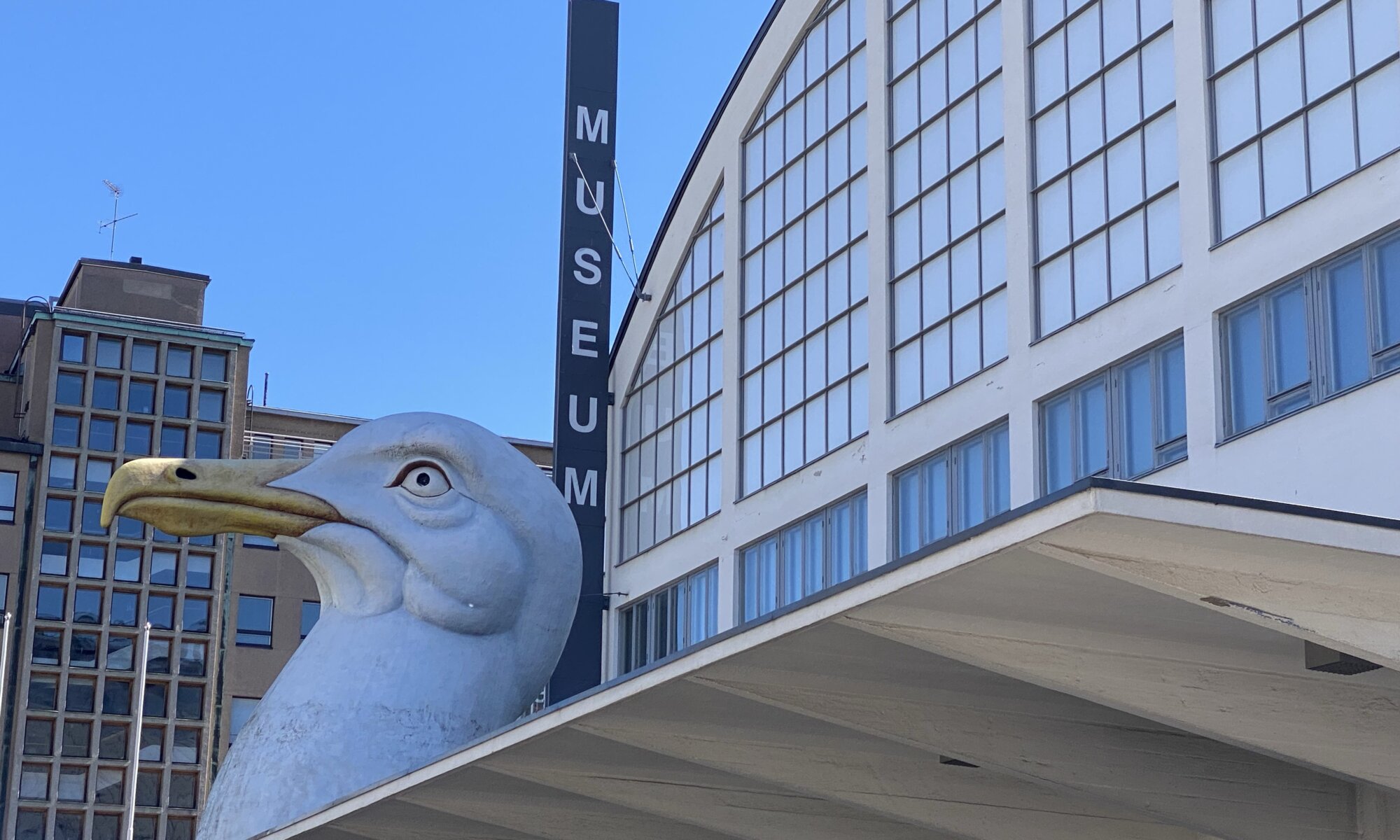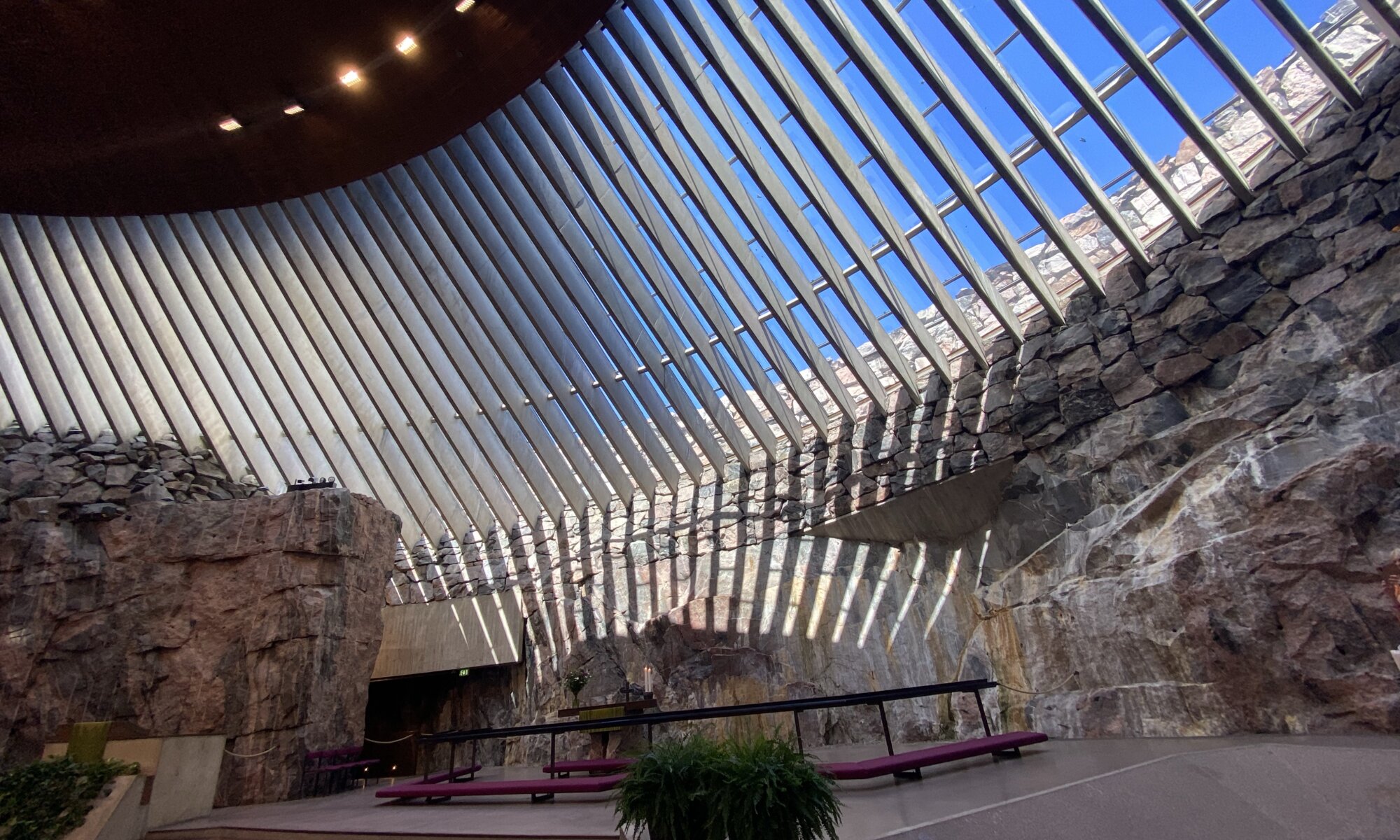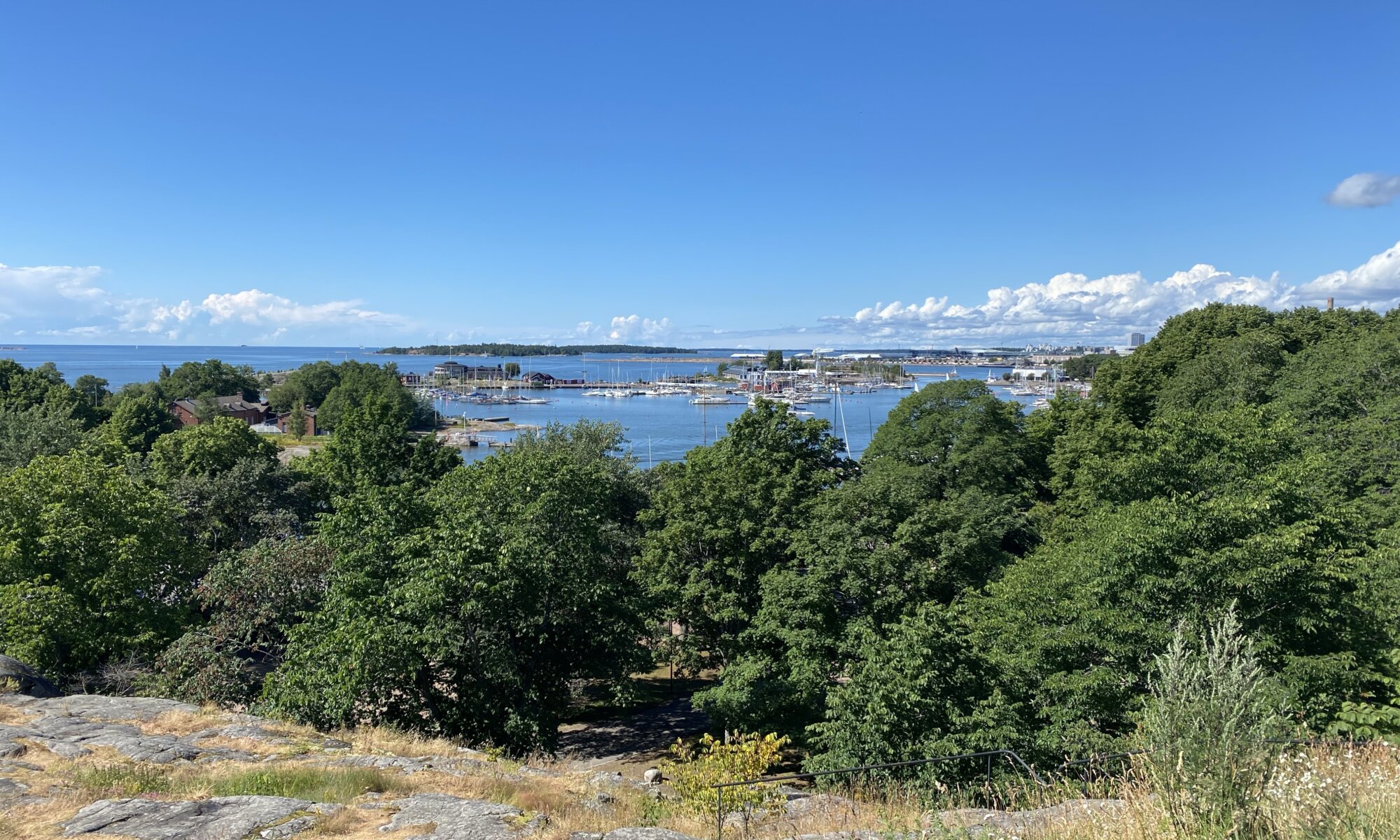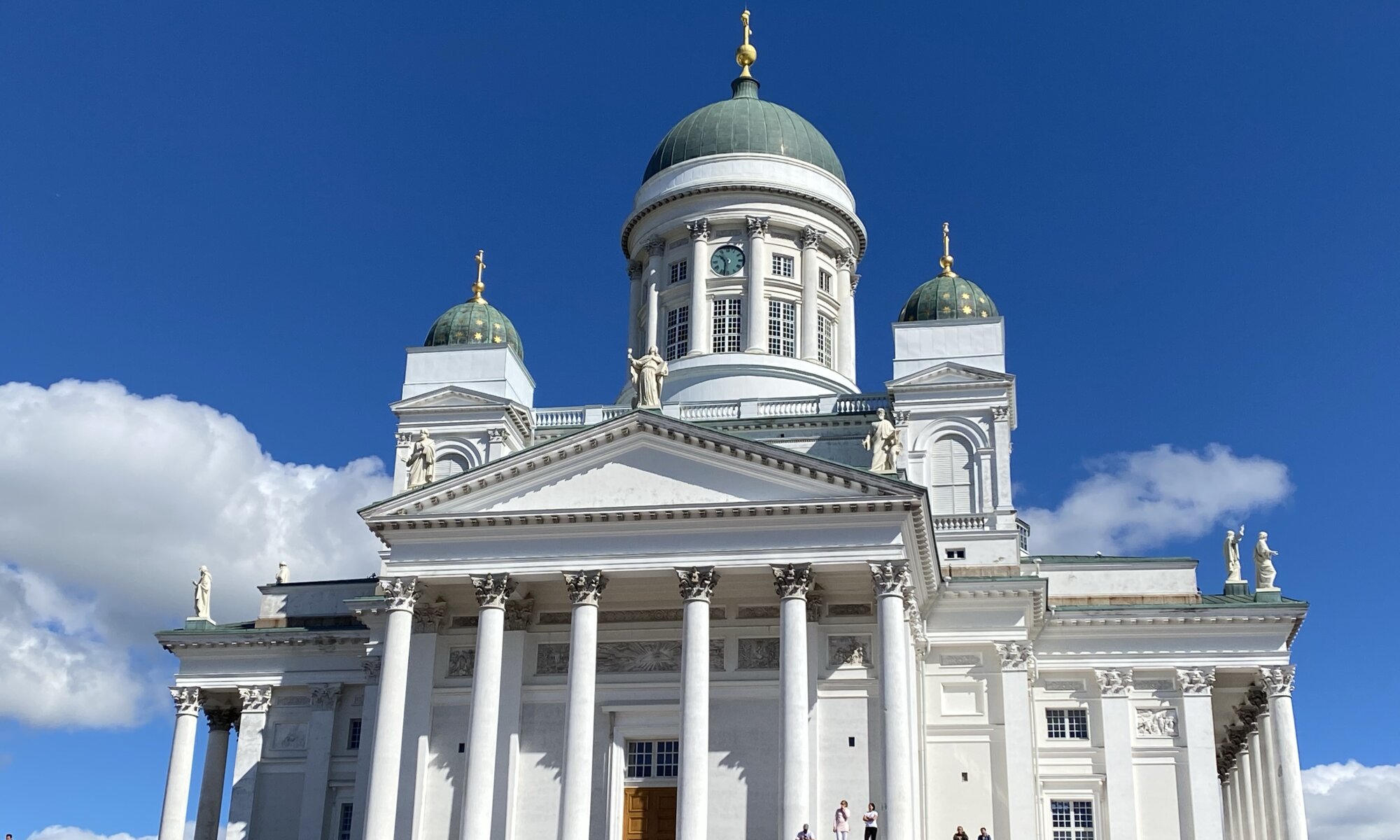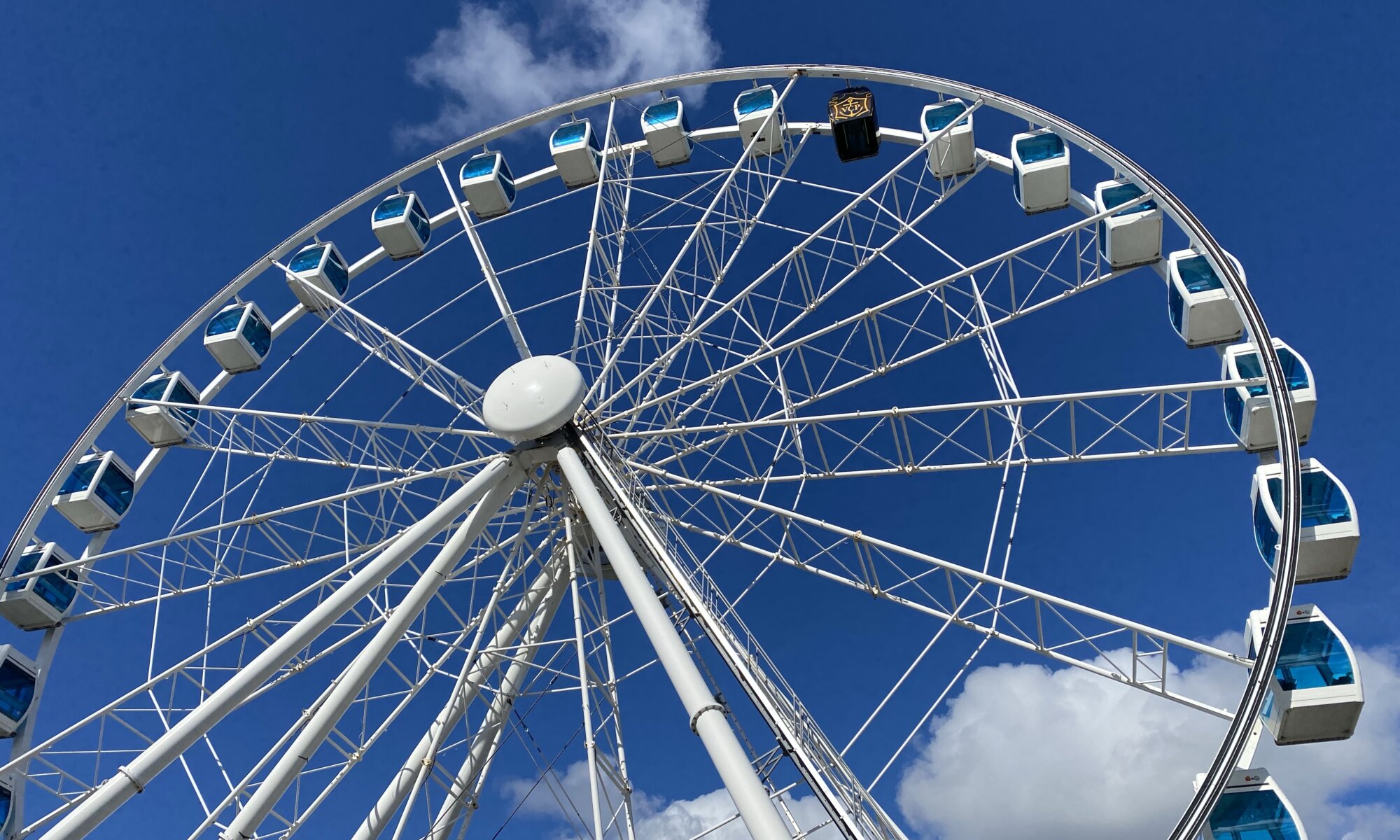You like Scandinavian design but have not yet introduced yourself to specific Finnish design? Then have a look at the designmuseo in the design quarter of Helsinki. It was founded already in 1873 and exhibits all kinds of design, including graphic design, industrial design an fashion. And it is absolute fun to spend some time there!
Continue reading “designmuseo”Subterranean
The Amos Rex Art Museum is a fantastic exhibition place for art at Helsinki. It has a special location: very close to the city center, but underground. If you want to visit it you need to go to the Lasipalatsi, a functionalist building close to the main railway station. It combines coffee bars, shops, restaurants and a cinema (the Bio Rex). And underneath the Lasipalatsi (glass palace) you can find museum – fortunately the entrance at the building is clearly visible.
Continue reading “Subterranean”Time-travel
The island Seurasaari in the north-west of Helsinki gives you the option to travel in time. An open-air museum exhibits 87 buildings from the Finnish countryside that have been built between the 17th and the 20th century and later transported to the island. This includes farm buildings, a church and even a mill. The staff is dressed-up in historic clothes and able to tell you more about the function of the buildings and rural life in the past.
Continue reading “Time-travel”Linnanmäki
The amusement park of Helsinki is called Linnanmäki and has been opened in 1950 by a foundation (the Children’s Day Foundation) that collects money for child welfare work. So with every rollercoaster ride you do, you’re doing something good! Linnanmäki consists of around fifty rides, including eight rollercoasters, a panoramic free-fall tower and lots of restaurants.
Continue reading “Linnanmäki”Korkeasaari
I’ve visited many zoological gardens around the world but Korkeasaari is one of the best! The zoo of Helsinki is located on an island and that doubles the fun: you could take the bridge for sure, but best let the adventure start already at the harbor with a nice boat trip towards the island. On your way you can also observe the fleet of icebreaker ships anchoring near the city center.
Continue reading “Korkeasaari”HAM
The city of Helsinki has an own art collection which consists of 9,000 works. A lot of them are on display in public places, a concept I really like. The rest of them can be found at the Helsinki Art Museum (or short: HAM). Part of the presented works is a permanent exhibition of paintings by Tove Jansson whom we all mostly know as the creator of the Moomins. As she was born and died in Helsinki, the HAM takes care of her legacy.
Continue reading “HAM”Church in the rocks
The Temppeliaukion kirkko of Helsinki is a special church with a wonderful atmosphere: it is built partially into the rocks of the capital city. The church was opened in 1969 and is cut into the granite, but it has a glass roof that floods the church with light. While sitting inside you still see that you’re inside a rock as the walls are not covered.
Continue reading “Church in the rocks”Kaivopuisto
Need some time to relax? Kaivopuisto is a park in the south of Helsinki, behind the modern harbor. From the rocks in the park you have good views on the islands in front of the mainland. There is a small observatory and you can find different restaurants. But mostly the people get here for a walk, for a picknick or to play and do sports.
Continue reading “Kaivopuisto”Elevated cathedral
The most beautiful church of Helsinki, Finland, can be found at the Senaatintori square. It is the cathedral called Helsingin tuomiokirkko which is also the icon of the city. When you reach the square you will stand in front of huge steps and have to ascent to the church, a marvelous white church in neoclassical style with green cupolas and the twelve apostles on the roof.
Continue reading “Elevated cathedral”SkyWheel
You can’t miss the giant ferris wheel located at the harbor of Helsinki, Finland. It was opened in 2014, is 40 meters tall and the round trip with excellent views of the harbor area and the Senaatintori square takes around three minutes (with a total time of twelve minutes per visit). Two of the cabins have special features: one has a glass floor for the brave and one is sauna for those who like it hot.
Continue reading “SkyWheel”